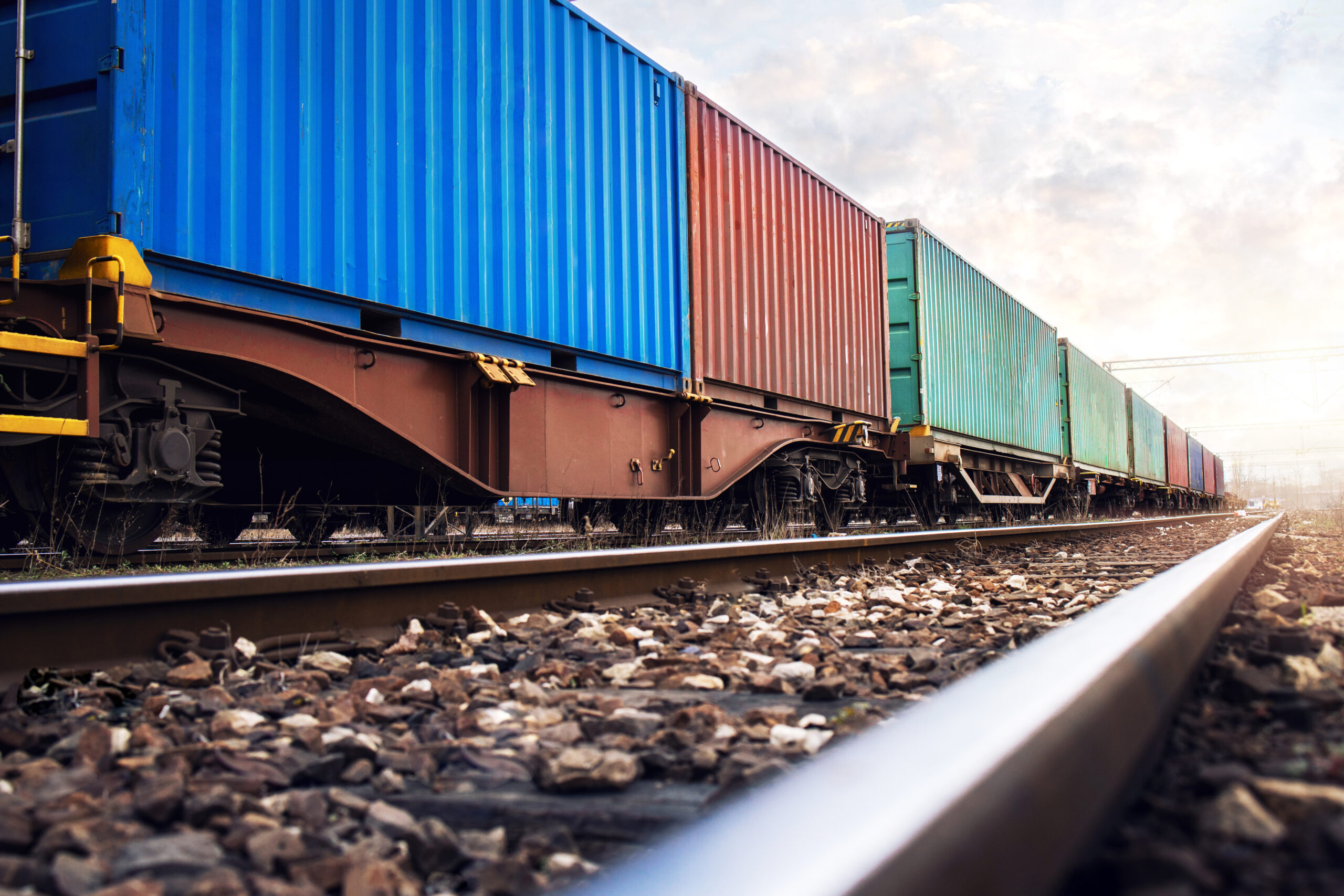The Association of American Railroads, or the AAR, is an organization that focuses on the safety and productivity of the freight rail industry in the United States. The goal of the AAR is to improve the efficiency, safety, and service of the railroad industry, and, to do so, they set safety guidelines that all rail freight companies must abide by. Ensuring the AAR’s safety and loading guidelines are followed prevents injuries to workers and reduces damage during transit.
So, what do these guidelines entail and how can you follow them?
Load and Secure Properly
Making sure the railcar is loaded and secured properly is important for the safety of everyone involved. While loading, making sure weight is evenly distributed throughout the railcar is crucial. Weight needs to be even from side to side and front to back, so it is necessary to keep track of what you are loading and where you are loading it. Uneven distribution of weight can cause safety issues when unloading the cars, damage to the rail cars themselves, and train derailments.
Securing items properly is also a critical part of safe rail transportation. Making sure the right securement products and protocols are in place can prevent the load from spilling, toppling, or shifting.
Follow the Load Plan
As part of the AAR’s efforts to improve safety and efficiency, they have established best practices when it comes to the mode of transportation and what kind of product is being shipped. The guidelines have established certain practices for open-top boxcars, closed boxcars, and gondola cars.
Shippers have access to AAR guidelines and supporting diagrams and can refer to them when necessary. Additionally, shippers should get approval from their local railroad for best loading practices and plans. The local railroad association will make sure the load plan takes weight distribution, the products being transported, and the overall securement and packaging into consideration.
Use the Right Load Securement Materials
In the rail industry, dunnage is used to secure products, fill voids, and provide extra protection and cushioning to prevent damage to the cargo during its transportation. There are various different dunnage options that companies and railways can choose from depending on their application.
Void Fillers
Void filler panels are used to keep shipments secure and prevent load shifting during transit by preventing excess movement. Implementing void fillers reduces product damage and makes loading and unloading safer.
Collapsible Void Fillers
Collapsible void fillers are used to prevent lateral load shifting. These materials fill the spaces between the cargo and the sidewalls of the containers or boxcars, reducing shifting and securing products in transit.
Air Bags
Air bags are an inflatable dunnage solution that are used to fill voids, secure products, and absorb impact during transit.
Other Dunnage Materials
Void fillers, collapsible void fillers, and air bags aren’t the only dunnage materials used in rail transit. Interior packaging is used to protect products in their packaging, which also prevents product shift.
Other dunnage materials provide stability during loading, transit, and unloading.
Work with Load Securement Experts
Navigating the world of AAR-approved dunnage materials can be tricky. But partnering with a company that can provide suitable, AAR-approved materials and training on how to comply with AAR standards can keep your company running smoothly, efficiently, and without injuries.
At Sunrise Manufacturing, we offer a wide variety of AAR-approved dunnage materials and our load securement experts are happy to help you find the right fit for your application. We also offer training to dock personnel, as well as loading diagrams.
Partner with Sunrise Manufacturing for Your Boxcar Shipping
For more than 40 years Sunrise Manufacturing has been providing our customers with high-quality corrugated dunnage that secures and protects their products during transit. Our expert team of securement specialists can help you determine which products are best for you and they can help you design an entire securement plan for your products.
Not only do we offer securement products, but we also offer training to loading dock personnel to prevent injuries and cargo damage. We cover the proper way to load various modalities and provide loading diagrams so your employees have a thorough understanding of proper loading standards and can apply them consistently on each load.
If you are looking to find the right dunnage solution or if you are interested in our training, contact our team today.

